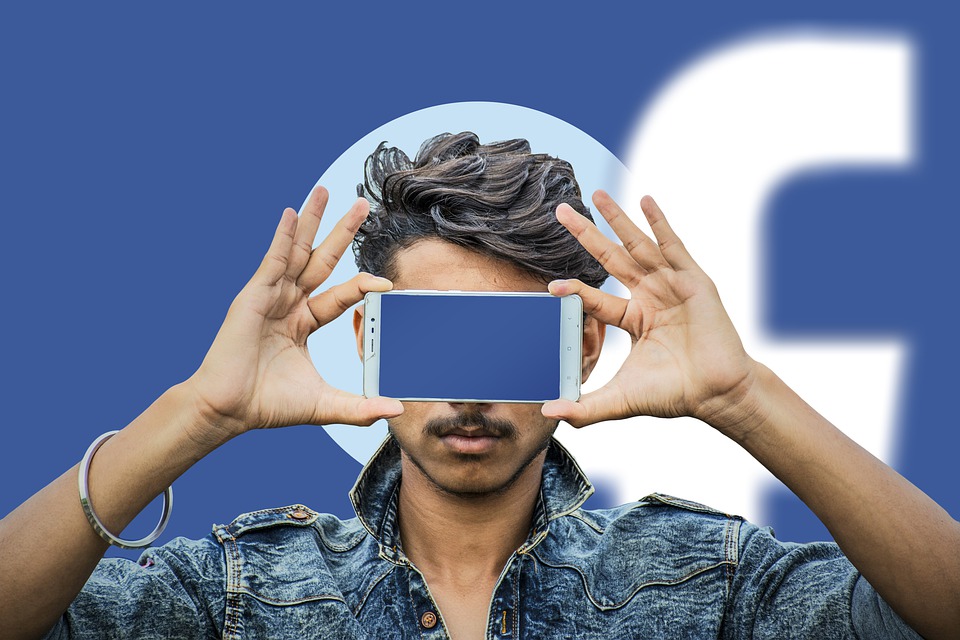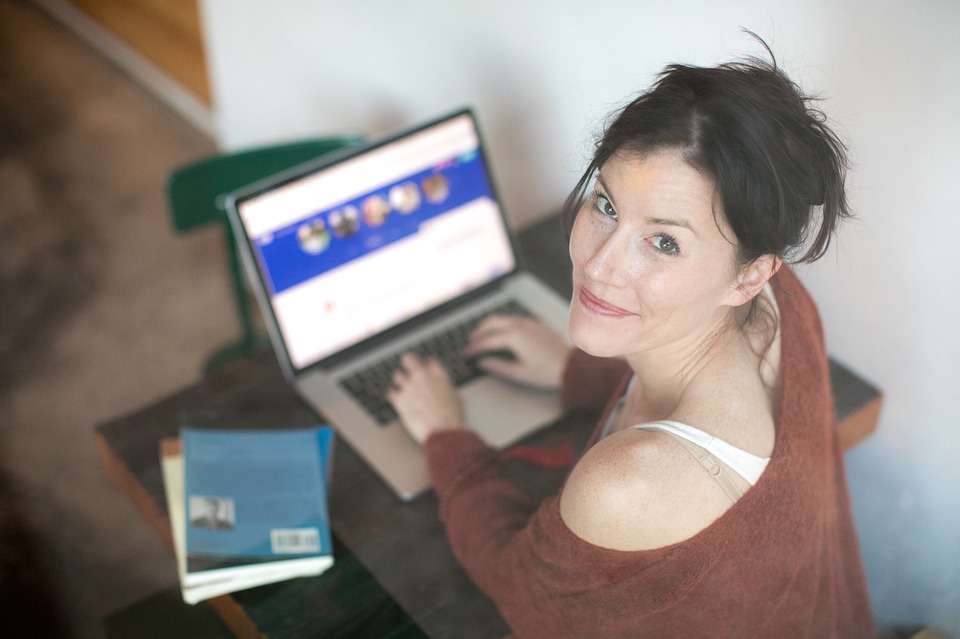Brand managers, get on it!
By MediaStreet Staff Writers
Energy companies in the UK are using specific branding approaches instead of product innovation to keep customers, according to new research from the University of East Anglia (UEA).
While previous research has tended to focus on pricing, this study looked at the branding strategies and personalities of the Big Six energy firms – British Gas, SSE, EDF Energy, E.ON UK, npower and Scottish Power. They wanted to find out whether increasing consumer loyalty results in reducing switching behaviour. The Big Six represent more than 90 per cent of all energy supplied in the UK consumer sector.
The researchers looked at the electricity market between 2013 – when the number of customers switching providers reached its lowest level – and 2015. And, the researchers did find that brand personality consistency over time is important.
Consistent brands (such as EDF Energy) performed better, and their customers decreased switching. This was compared to firms like npower and Scottish Energy, who had significantly changed their brand personality position or communicated inconsistently in this period.
Providers that had a significantly different brand personality position between marketing communication channels, such as their website and annual report, also had more switching than those that remained consistent. Interestingly, the majority of the brands studied were inconsistent on this measure.
Lead author Dr Richard Rutter says that this research demonstrates the long-term importance of corporate branding. “Brand personality does have an impact on customer retention. The Big Six energy providers recognise the power of brand identity when attempting to persuade consumers to switch providers. Rather than doing so simply on the basis of superior financial offers, they are increasingly looking to build a long-term brand personality with which consumers will identify.
“These organisations wish to be viewed as customer-focused and as offering a fair deal to consumers. There seem to be subtle but important differences in the ways that each company is choosing to communicate with its domestic audience and some are more effective than others.”
Concentrating on companies’ communication through their websites and annual reports, the researchers examined what brand personality dimensions – defined as sincerity, excitement, competence, sophistication and ruggedness – were communicated most strongly and how consistently each organisation communicated its brand between the website and annual report. They then assessed the organisation’s performance, measured by consumer loyalty or switching behaviour.
They found that brands communicating excitement more strongly, such as EDF Energy, had the lowest levels of switching. The findings also suggest an ideal brand personality for the UK energy sector: low to medium levels of sincerity and competence and high levels of excitement and ruggedness communicated through the website lead to better performance. The authors say the annual report should maintain this, but also communicate a higher level of competence.
Said co-author Prof Konstantinos Chalvatzis, “Under scrutiny from the public and politicians, the energy sector is changing rapidly. Branding within the energy sector has become increasingly important, as energy firms seek to attract and, importantly, retain customers.
“We find that certain energy brands, for example EDF Energy have communicated their personality consistently, while others, such as npower and British Gas, seem to have repositioned themselves. A strong brand personality alone is not enough to prevent consumer switching, rather, particular dimensions of personality are more favourable than others and the relevance of specific personality traits can change.”
The authors recommend that firms should not drastically change their branding each year. Brand managers should also consider how to increase the communication of excitement in relation to their brands without being inauthentic, and ensure that their brand is consistent over time and between different marketing media.
Have you listed your company in our Media Directory? It’s free! Everyone’s favourite price! Click here to do it now.





























